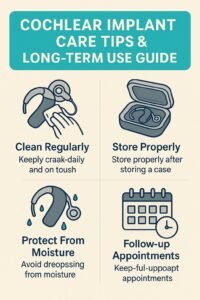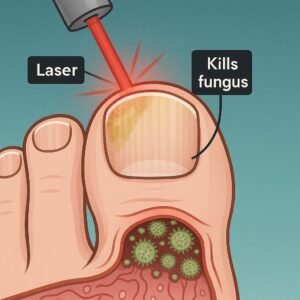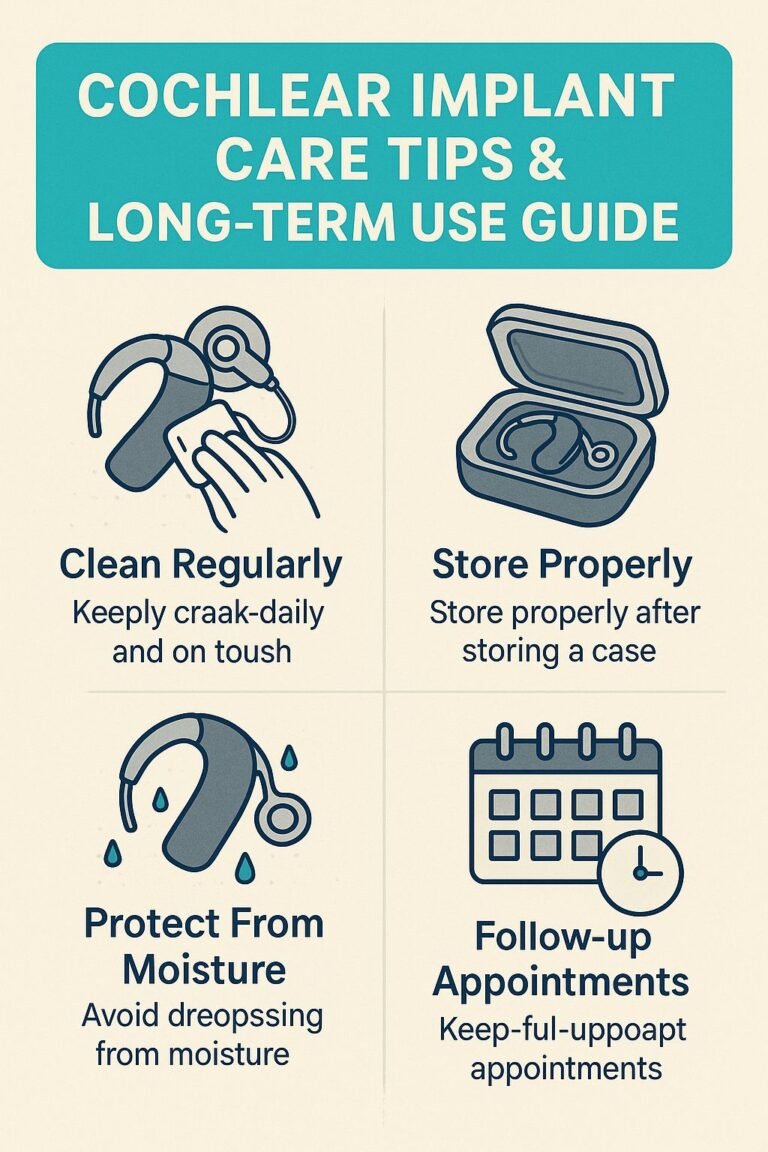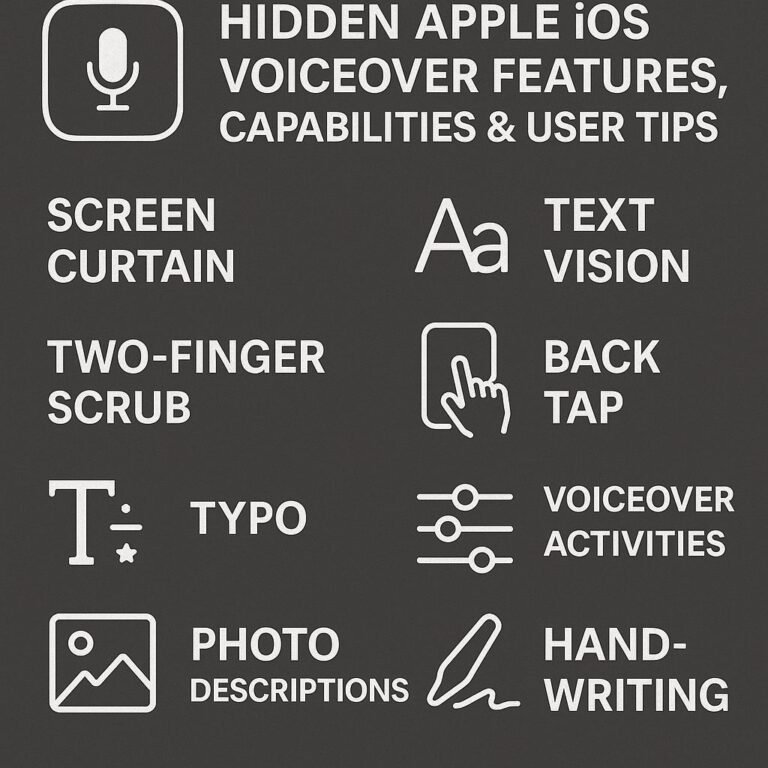Important Points
- Peripheral Artery Disease (PAD) affects blood flow to the limbs, which makes walking a difficult but necessary exercise.
- Regular walking can significantly improve walking distance and reduce PAD symptoms.
- Proper walking techniques, including posture and breathing, can enhance the benefits of walking for PAD patients.
- Selecting the right walking pad can make home-based exercise more effective and accessible.
- Setting achievable goals and incorporating intervals can maximize the benefits of a walking routine.
Getting Started with PAD Walking
Peripheral Artery Disease (PAD) is a condition that narrows the arteries, reducing blood flow to the limbs. For those living with PAD, walking can become a strenuous activity. However, incorporating walking into your daily routine is one of the most effective ways to manage the symptoms and improve overall vascular health. While it might seem counterintuitive to walk when it feels uncomfortable, regular walking helps improve circulation and can alleviate the pain over time.
“Pad walking techniques” is a term that refers to a set of strategies and tips that are meant to help people with PAD walk more comfortably and effectively. Walking is a simple form of exercise, but if done correctly, it can have a significant effect on your health. By learning and using the right techniques, you can turn a difficult task into something that’s not only manageable but also enjoyable.
Advantages of Walking Pads
Walking pads, or treadmills, are a great resource for people with PAD. They offer a controlled setting where you can change the speed and incline to match your comfort level. There are many advantages to using a walking pad:
- Consistency: With a walking pad, you can walk regardless of the weather outside, making it easier to stick to a regular exercise routine.
- Control: You can easily adjust the speed and incline, which means you can gradually push yourself as your stamina increases.
- Convenience: Because you can use a walking pad at home, it’s easier to incorporate exercise into your daily routine.
- Tracking Progress: Most walking pads have features that track your distance, speed, and calories burned, so you can monitor your progress.
These benefits are particularly important for someone with PAD. Being able to control your environment and track your progress can make a big difference in how effectively you manage your condition.
Picking the Perfect Walking Pad
There are a number of things to think about when you’re deciding on a walking pad. They’re not all the same, and the best one for you can really enhance your workout. For those interested in peptide therapy benefits, understanding how different walking pads can complement such treatments might be beneficial.
What to Look For
Here are some important things to consider when choosing a walking pad: If you’re also interested in health-related topics, you might want to explore the benefits of peptide therapy.
- Variable Speed and Incline: Choose a model that lets you change both speed and incline. This will let you customize your workouts as you get fitter.
- Sturdiness and Cushioning: A solid, well-cushioned walking pad can lessen the strain on your joints, which is important for people with PAD.
- Display Options: A clear display that shows how far you’ve gone, how long you’ve been going, how fast you’re going, and how many calories you’ve burned can help you keep track of your progress.
- Dimensions and Storage: Think about how big the walking pad is and whether it will fit in your space. Some are foldable, which makes them easier to put away.
Suggested Brands and Models
There are lots of options out there, but some brands and models are especially good for people with PAD. Here are a few:
- NordicTrack T Series: These treadmills are known for their long-lasting durability and high-tech features, offering a variety of options for all fitness levels.
- Sole Fitness F80: This model receives high praise for its cushioning and stability, ensuring a comfortable walk.
- ProForm Performance 600i: This treadmill, with its space-saving design and easy-to-use features, is an excellent choice for home use.
Selecting the appropriate walking pad can improve your workout routine and assist you in better managing PAD. Keep in mind that the best walking pad is the one that meets your unique needs and fits seamlessly into your lifestyle.
Modifying Speed and Incline
Modifying the speed and incline on your walking pad is important for getting the most out of your workout. Begin with a pace that feels easy and doable. For newbies, this might mean starting at a slow pace, around 2-3 miles per hour. As you get more comfortable with the exercise, slowly increase your speed to push your stamina.
Adjusting the incline of your treadmill can mimic walking uphill, which intensifies your workout and uses different muscles. Start with no incline and gradually increase it as you feel more comfortable. Even a small incline of 1-2% can make a big difference in how hard your workout is without making you feel overwhelmed. Remember, you want to push yourself enough to improve, but not so much that you might hurt yourself or feel uncomfortable.
How to Breathe Correctly While Walking
Knowing how to breathe correctly during your walk is key to a successful walking routine. Paying attention to your breath can help you keep a steady pace and avoid getting tired too quickly. Try to breathe deeply from your diaphragm, which means you should breathe in deeply through your nose, let your diaphragm expand, and then breathe out through your mouth. This type of breathing makes sure your muscles get enough oxygen, which can help you walk longer and better.
When you’re walking, it’s a good idea to get into a breathing rhythm. You could, for example, breathe in for two steps and then breathe out for the next two. This will help you keep a steady pace and avoid getting a stitch, which can happen if your breathing is all over the place. As you get used to your routine, you’ll find you don’t have to think about your breathing so much and can concentrate on other things. For more on how exercise can benefit you, check out this scientific statement on exercise programs for patients with Peripheral Artery Disease.
How to Improve Your Walking Routine
Improving your walking routine requires goal setting, using a variety of techniques, and making your workouts fun. By mixing up your routine, you can avoid hitting a wall and keep making strides.
Establishing Achievable Objectives
Establishing achievable objectives is crucial to keeping your drive alive and monitoring your progress. Begin by determining what you hope to accomplish with your walking routine. Do you want to increase your stamina, manage your PAD symptoms, or maybe shed a few pounds? Regardless of your objective, divide it into smaller, achievable goals. For those looking to manage symptoms, exploring peptide therapy benefits might offer additional insights.
For instance, if you’re aiming to walk for 30 minutes non-stop, you could start by setting a target of 10 minutes. Once you’ve achieved that, you could then increase your target to 15 minutes, and so on. Each time you reach a new target, no matter how small, give yourself a pat on the back. It’s a step closer to your overall goal. This method will not only keep you motivated, but it will also ensure that you’re making steady and safe progress.
Interval Training for Improved Outcomes
Adding intervals to your walking regimen can dramatically improve your cardiovascular health and calorie-burning capacity. Intervals involve switching between periods of high intensity and low intensity. For example, walk at a fast pace for two minutes, then slow down for one minute.
Not only does this strategy make your workouts more engaging, but it also pushes your body in new ways, leading to increased endurance and strength. As you get used to intervals, you can change the length and intensity to keep pushing yourself. It’s important to pay attention to your body and make adjustments to avoid pushing yourself too hard. For those interested in enhancing their fitness routine, exploring the benefits of peptide therapy might be worthwhile.
Adding Upper Body Movements
Improve your walking routine by adding upper body movements. This can be as basic as swinging your arms with each step, which helps raise your heart rate and engage more muscles. For added intensity, consider using light hand weights or resistance bands.
Adding these exercises to your routine doesn’t just make your workout more effective, but it also enhances your overall coordination and balance. As you start to use these techniques, you’ll find that your walking routine becomes a full-body workout, offering even more health benefits.
Walking Pad Safety Measures
It’s always important to prioritize safety when using a walking pad. By following the right safety measures, you can avoid injuries and make sure your workout is both safe and effective.
Before you start, always warm up to get your muscles and joints ready for exercise. This could be a gentle five-minute walk at a slower pace. Also, make sure your walking pad is set up properly and that you know how to use its features. Know where the emergency stop button is in case you need to stop quickly.
Stay Hydrated and Eat Well
Hydration is key, especially when you’re working out. Make sure to drink water before, during, and after your walk to keep your hydration levels up. This helps keep your body temperature regular and stops you from getting tired.
What you eat is also very important when it comes to exercising. Make sure you’re eating a balanced diet that includes whole grains, lean proteins, and lots of fruits and vegetables. This will give you the energy you need to do your best during your workout and help your body recover afterwards.
What to Wear on Your Feet and Body
If you have PAD, what you wear on your feet and body can make a big difference in how comfortable and safe you feel when you walk. The right shoes can help cushion your feet and lessen the impact on your joints. Look for shoes that have a wide toe box, good arch support, and soles that absorb shock. New Balance and Brooks are two brands that make good walking shoes.
For clothing, choose breathable, moisture-wicking fabrics that help control your body temperature. This is especially important if you’re using a walking pad indoors, which might be warmer. Dressing in layers can also help, as it allows you to adjust your clothing as needed to stay comfortable throughout your workout.
Conclusion: Improve Your Walking Workout
Walking is a basic but effective form of exercise that can greatly alleviate the symptoms of Peripheral Artery Disease. By using the correct methods, tools, and safety precautions, you can improve your walking workout and reap its numerous rewards. Remember, consistency is crucial. By establishing achievable objectives and slowly raising your intensity, you will notice enhancements in your stamina and overall well-being.
Whether you’re walking in the great outdoors or on a treadmill, the steps you take today are the building blocks for a healthier tomorrow. Keep moving forward, and don’t be afraid to ask for help from healthcare professionals if you need it. Your journey to better health is just a step away.
Common Questions
There are often many questions about how to walk with PAD and how to use walking pads. Here are some frequently asked questions and their answers to help you on your journey.
How Frequently Should I Walk?
To gain the most benefits, strive to walk at least three to five times a week. Regularity is key in building stamina and boosting your heart health. Begin with shorter walks, around 10-15 minutes, and slowly lengthen the time as your fitness improves. If you’re looking for additional strategies to enhance your walking routine, explore these mindset strategies that can be applied to various health goals.
Is a Walking Pad Effective for Weight Loss?
Indeed, a walking pad can be a great tool for weight loss. Walking is a low-impact exercise that burns calories and can help manage weight when paired with a balanced diet. To optimize weight loss, add intervals and gradually increase your walking intensity.
What is the best speed for a beginner to walk on a treadmill?
Beginners should ideally start at a speed of 2 to 3 miles per hour. This speed allows you to concentrate on your technique and breathing without feeling overwhelmed. As you become more comfortable and build endurance, you can gradually increase your speed to push yourself.
Is Walking with PAD Dangerous?
Walking is typically a safe form of exercise, but it’s essential to pay attention to your body and not overdo it. If you feel pain, become dizzy, or have trouble breathing, stop right away and talk to a doctor or other healthcare provider. Be sure to warm up before you start and cool down when you’re done to avoid getting hurt.
Is It Okay to Use a Walking Pad Daily?
Yes, you can use a walking pad daily. However, it’s crucial to balance your exercise with rest. Your muscles need time to recover, so think about alternating between days of walking and days of rest or doing different types of physical activities to avoid overuse injuries.
By adhering to these rules and paying attention to your body, you can safely and effectively include walking into your routine, which will help you manage PAD and improve your overall health.










